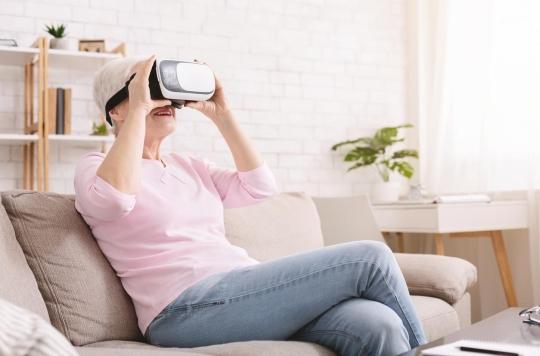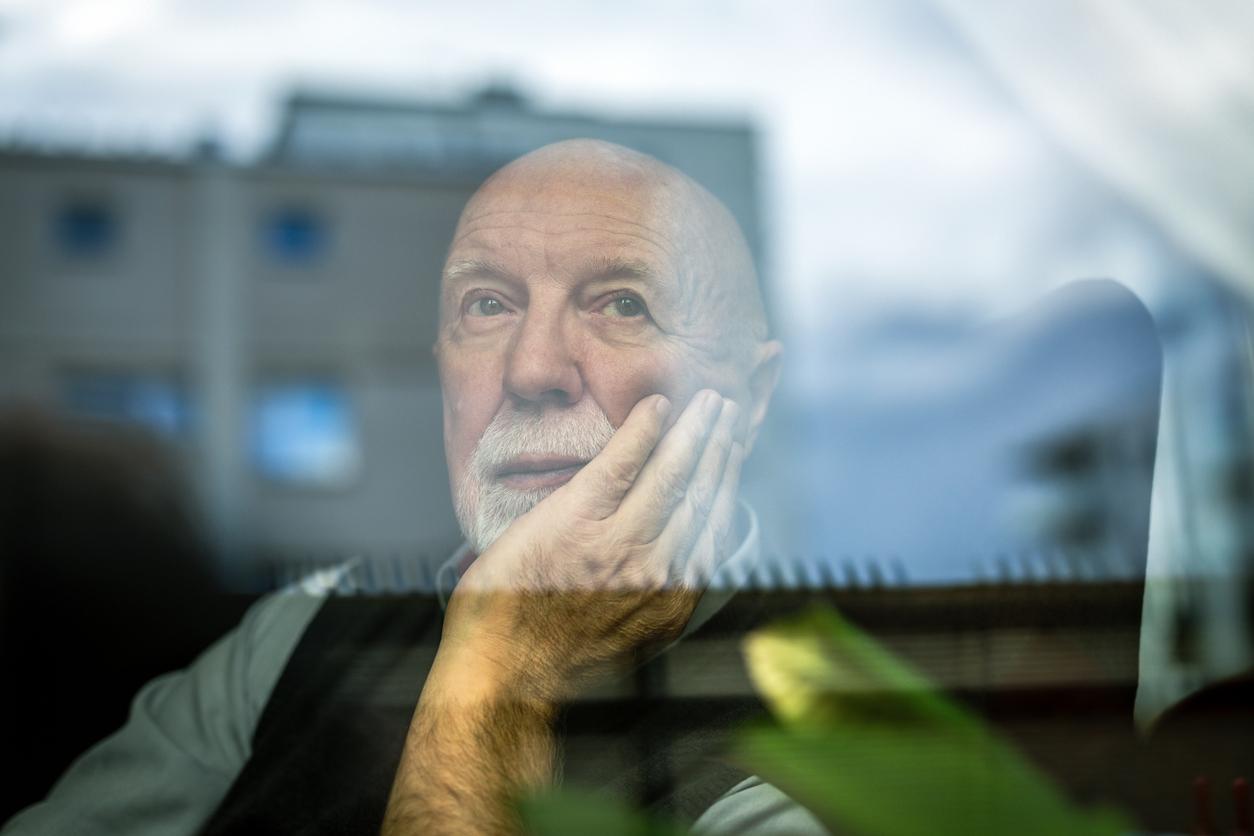Visiting a museum and seeing an exhibition virtually improves the well-being and overall health of older adults by overcoming social isolation.

- Social isolation affects nearly a quarter of people over the age of 75, or about 5 million people in France.
- Virtual museum tours lasted 45 minutes and included a 15-minute Q&A session at the end with a museum guide.
We know that social isolation is associated with several health problems, including an increased risk of stroke, heart disease, cognitive decline, and even premature death. These risks are particularly high among seniors, who are more likely to be isolated and feel lonely. “During the pandemic, many older people have suffered from confinement measures, which may have accelerated the processes that lead to physical frailty and increased mental health risks,” said Canadian and Singaporean researchers.
106 elderly people
In a study published in the journal Frontiers in Medicine, scientists have revealed that virtual museum tours can significantly improve the quality of life of seniors who cannot leave their homes. To carry out this work, the team recruited 106 adults aged 65 between January and April 2022. Half of the volunteers attended virtual guided tours once a week for three months, while the control group did not did not participate in any cultural activity during the same period. “Participants’ social isolation, well-being, quality of life and frailty were assessed,” the authors said.
Improved social inclusion and overall health
According to the results, seniors who saw virtual exhibits showed significant improvements in their scores for social isolation, well-being, quality of life and frailty compared to the control group. Clearly, regular virtual visits can reduce the risk of stroke, heart disease, cognitive decline, and even premature death in older adults.
According to the researchers, the greatest benefits were observed in terms of frailty. Fragility means a “vulnerable condition exposing people to health problems and disabilities that negatively impact their quality of life and increase health and social costs”, explained Olivier Beauchet, author of the research, in a statement.
“Our study has shown that artistic activity can be an effective solution. On a global scale, this participatory art-based activity could become a model that could be offered in museums and art institutions around the world to promote active and healthy aging, he concluded.
















